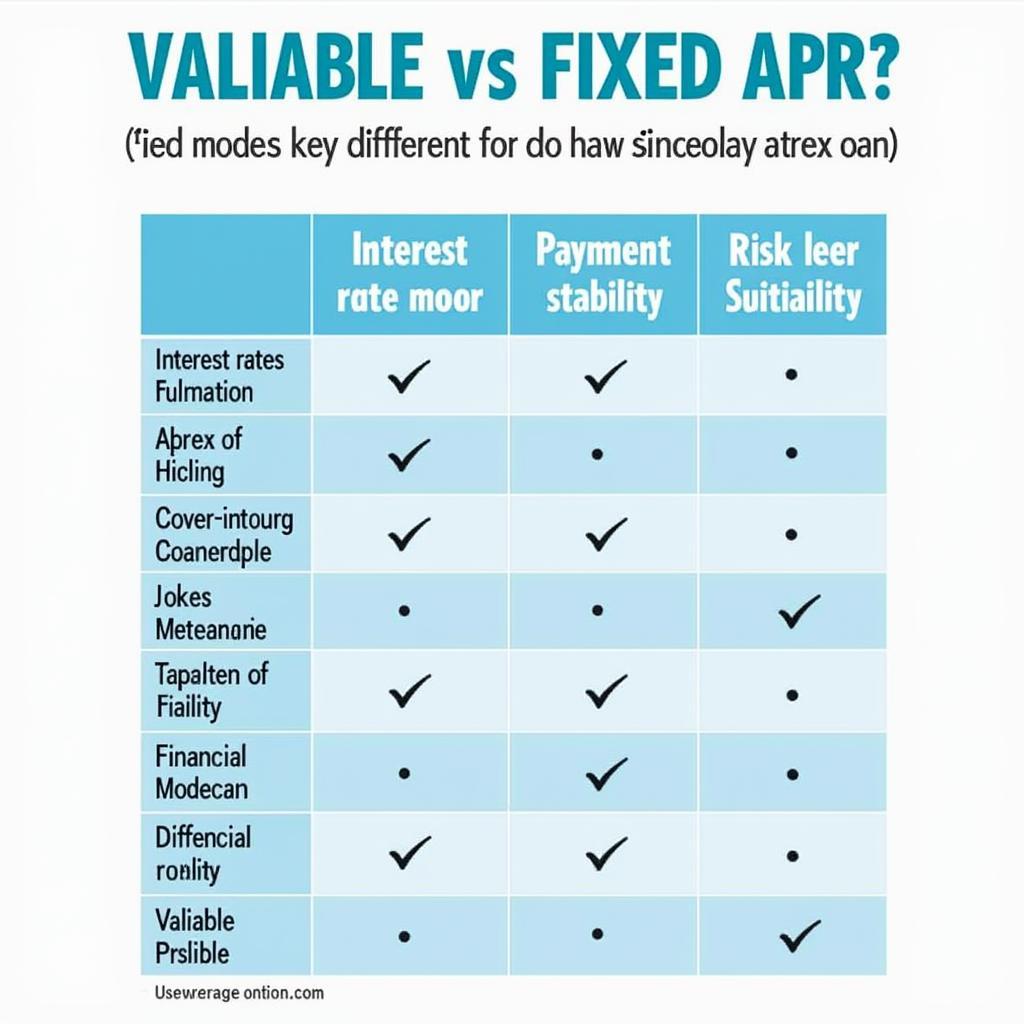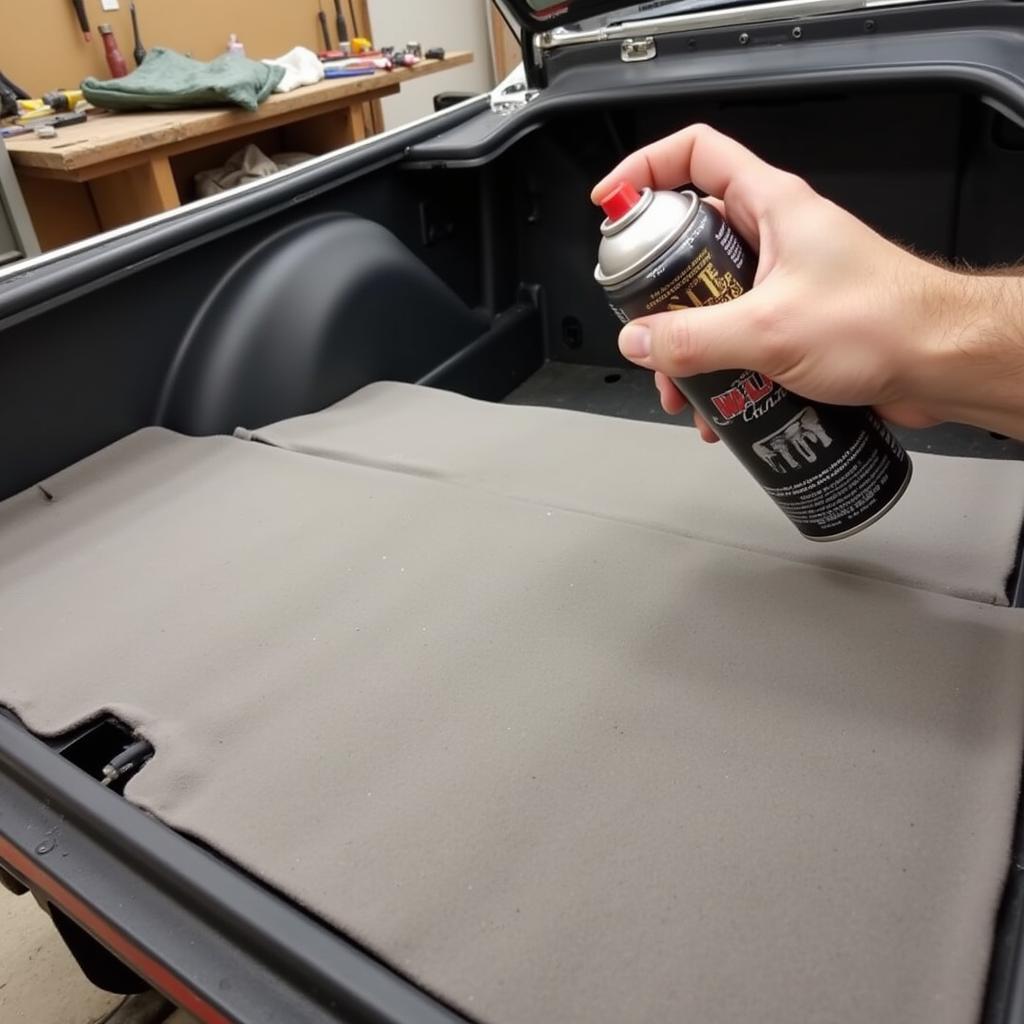A Car Problems Test Drive is crucial for diagnosing issues. Whether you’re a car owner, mechanic, or technician, this guide provides invaluable insights into identifying problems during a test drive.
Identifying car problems often requires more than a visual inspection. A well-executed test drive allows you to experience the vehicle’s performance firsthand, revealing hidden issues that might otherwise go unnoticed. Understanding how to conduct a productive car problems test drive empowers you to pinpoint the root cause of any malfunction and make informed decisions about repairs. What are the key steps involved in this crucial diagnostic process?
How Do Mechanics Drive Car To Test Problems?
Mechanics employ specific techniques during a car problems test drive. They often start by listening attentively to the engine at idle, noting any unusual sounds. Then, they proceed with a series of maneuvers designed to stress different components, such as accelerating rapidly, braking hard, and navigating tight turns. These actions help reveal issues with the engine, transmission, brakes, suspension, and steering. It’s a systematic approach that allows mechanics to isolate the source of the problem. You can learn more about how mechanics approach test drives at how do mechanics drive car to test problems.
Listening for Clues: Identifying Noises During a Test Drive
Unusual noises are often the first sign of car trouble. Pay close attention to any clicking, grinding, whining, or thumping sounds that occur during the test drive. Note when and under what conditions the noises occur, as this information can be incredibly helpful in diagnosing the problem. For example, a grinding noise when braking might indicate worn brake pads, while a clicking noise when turning could point to a failing CV joint.
“A thorough test drive is like a detective’s investigation,” says automotive expert, John Miller, ASE Certified Master Technician. “You’re gathering clues to solve the mystery of the car problem.”
Feeling the Feedback: Assessing Steering and Suspension Issues
The steering and suspension systems are essential for a safe and comfortable ride. During the car problems test drive, pay attention to any vibrations, pulling, or wandering. Does the steering wheel feel loose or unresponsive? Does the car bounce excessively over bumps? These can be indicators of problems with the shocks, struts, tie rods, or other suspension components.
Power and Performance: Evaluating Engine and Transmission Performance
A car problems test drive is also an opportunity to assess the engine and transmission. Accelerate smoothly and note any hesitation, surging, or lack of power. Does the transmission shift smoothly through the gears? Any slipping or rough shifting could indicate a transmission problem.
“A test drive isn’t just about finding problems,” says Maria Sanchez, lead mechanic at Sanchez Automotive. “It’s also about understanding how the car performs under different conditions. This can help prevent future issues.” You can discover more about selling a car with known problems by visiting selling a car with known problems. In extreme cold, cars can experience a range of issues, learn more at car problems in extreme cold weather.
The Importance of a Systematic Car Problems Test Drive
Conducting a systematic car problems test drive is key to accurate diagnosis. Don’t rush the process. Take your time and focus on each aspect of the vehicle’s performance. Documenting your findings can be extremely helpful, especially if you need to consult with a mechanic. Remember, a thorough test drive can save you time and money in the long run. If you are looking for more information about issues encountered with driverless cars, you can find a relevant article here: google driverless car problems. Or, if you are dealing with car problems in Mooresville, you may find helpful resources here: mooresville car problems.
In conclusion, a car problems test drive is an essential diagnostic tool. By understanding how to conduct a thorough and systematic test drive, you can identify and address car problems effectively. Connect with us at AutoTipPro at +1 (641) 206-8880 or visit our office at 500 N St Mary’s St, San Antonio, TX 78205, United States for further assistance.







Leave a Reply